Dipped in lightly beaten egg, coated in dried breadcrumbs just coarse enough to give you a crisp, golden crust, cutlets –or chaaps, as you may wish to call them –are one of the best treats to emerge from the colonial kitchen. Dipped piping hot into a small pool of tomato ketchup, or home-made chutney, with the first bite through the golden crust into the soft heart of potato and spice, kneaded into meat, or fish, there seems no further need to discuss its ancestry.
A favourite on the menus of musty old clubs, military messes, dilapidated guest houses in hill stations, plantation homes, railway caterers and restaurants that have seen better days, in fact, right across the country, the cutlet –or chaap –seemingly straightforward, ordinary, easy to cook, and tasty, has a complex identity. To the British in India, struggling to stamp their cuisine on native cooks, it meant a neck chop of mutton or lamb, neatly cut, dipped in egg, then breadcrumbs, and fried. But it also referred to a patty of chopped meat bound in a velouté sauce, crumbed and fried. And here begins at least some of the confusion. When they asked for a mutton or lamb chop, the cook, invariably, produced a patty of minced meat. Wrestling with the identity of chops and cutlets, Colonel Arthur Robert Kenny-Herbert, writing in 1885, vents his irritation on the mythical cook, Ramaswamy, noting that when he is asked to make chops, he “sends to the table a dish of croquettes with a bone inserted in each of them”!
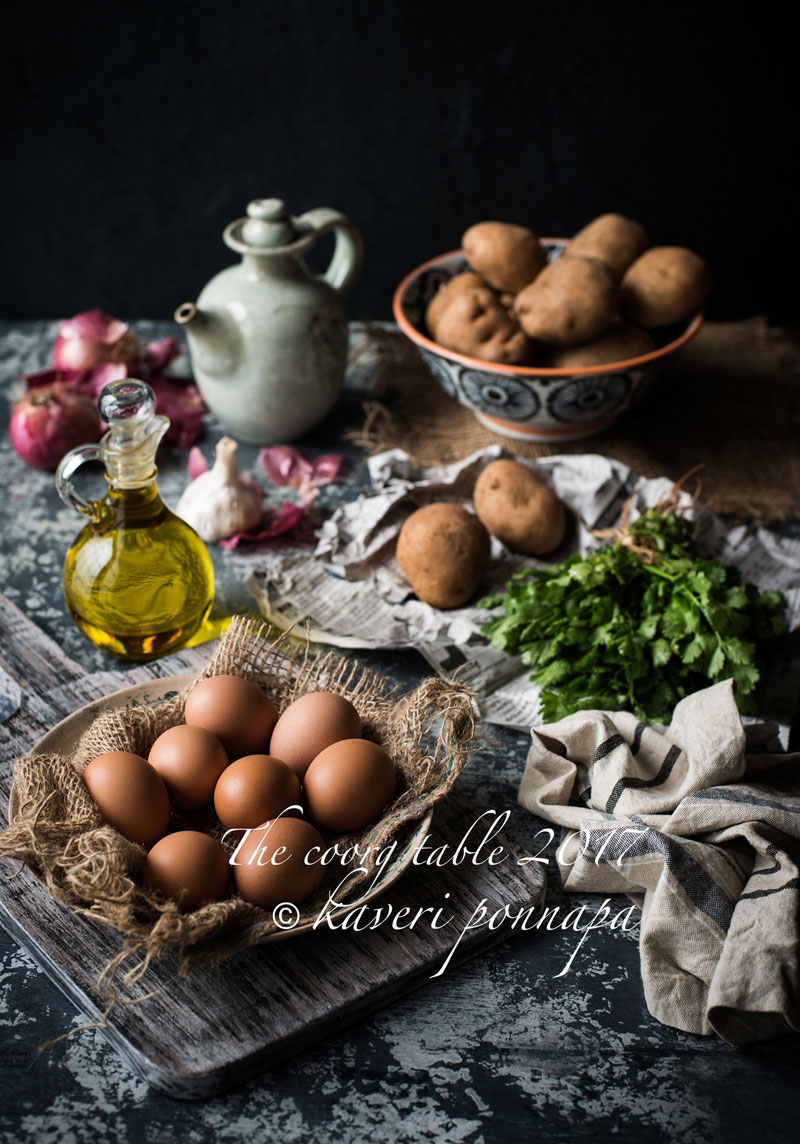
A couple of years later, a pair of Victorian matrons addressing the young memsahib, newly arrived in India wrote: “They may be made of anything and everything, and may be seasoned with anything and everything. The foundation is minced meat or fish”. What sounds exactly like a description of something we know as cutlets, or chaaps, turns out to be a description of croquettes. The Indian cook, it seems, decided to make his version of a cutlet a happy combination of everything. The patty that we love, made with cooked minced meat or fish, spiced and thoroughly seasoned, bound not in a velouté, but egg mixed in by hand into creamy mashed potatoes seems to have descended from a little tussle between the Raj and the Khansama, a tussle that was won by Khansama.
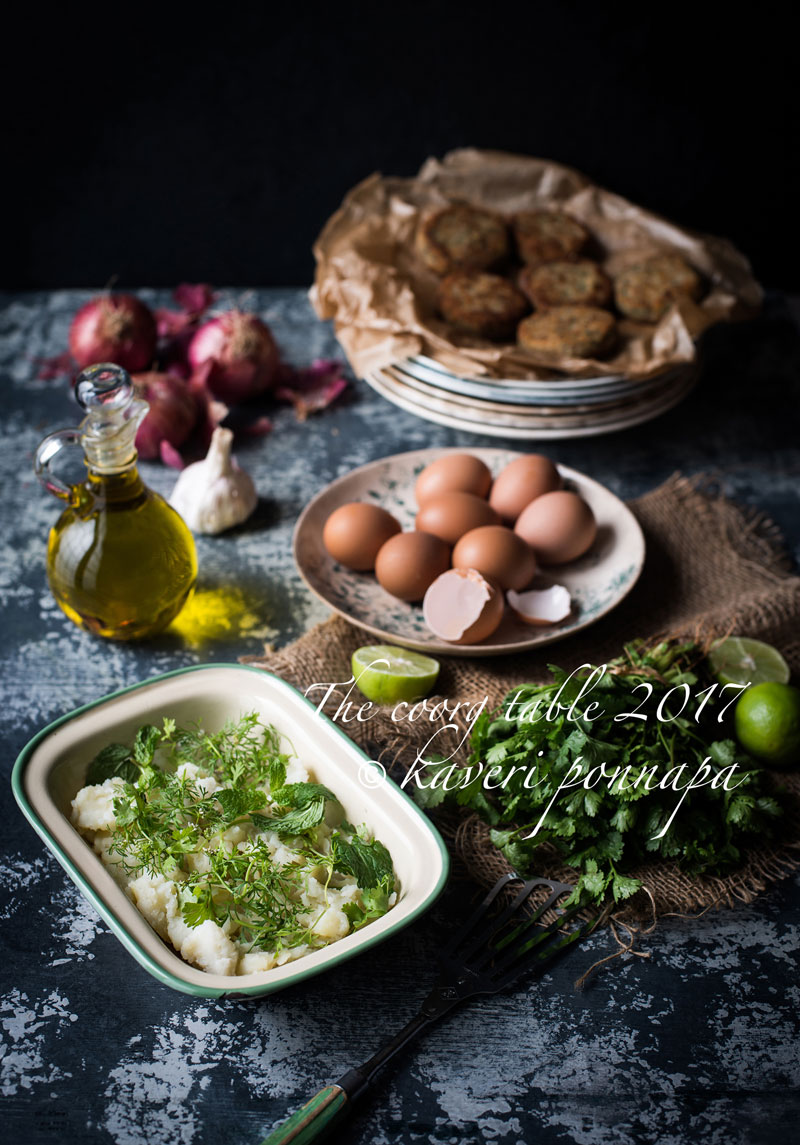
We suffered no such confusion about cutlets in the Coorg kitchen. They are made in the time-honoured way with cooked minced meat or fish, liberally laced with sharp green chillies, fresh coriander, the juice of native limes and the delicate pop of bright green peas in season, enveloped in a welcoming puff of mashed potatoes. The crust, when well-made, is the perfect, crisp contrast to the soft filling. Usually, these delicious kaima cutlets or meen cutlets turn up on the dinner table, along with a number of other accompaniments including very fresh bread from the local bakery. They are popular with an evening drink, and often as food to carry along on a journey. It is not a very old dish, but it has been around long enough to be taken as part of our cuisine. One of the best things about the cutlet is the way it welcomes the addition of miscellaneous flavourings and leftover titbits, so that you can fry up a scrumptious snack in no time at all. Kaima cutlets and meen cutlets will always be one of those evergreen, ever popular stars of the table.
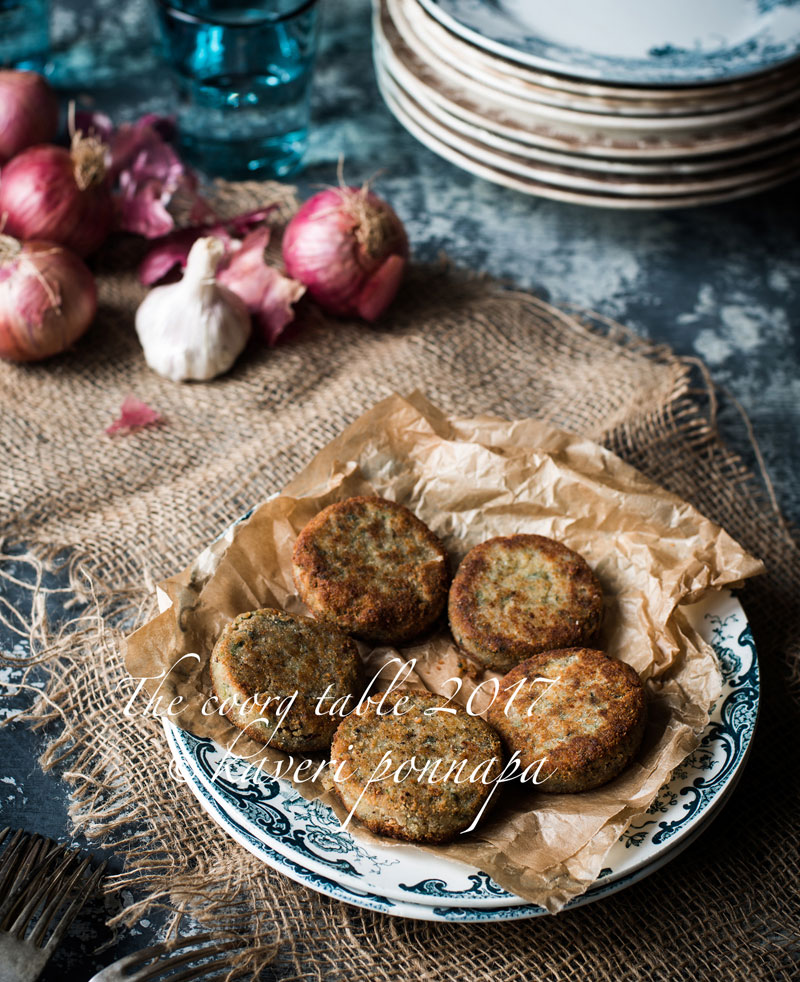
Curiosity prompted a search across the internet about the existence of similarly named patties in other parts of the world. And the results it threw up were baffling: there were meat-filled potato patties under similar names ranging from Kenyan cuisine to Lebanese, Chaldean, Assyrian and Iraqi. Intriguing enough for me to haul out my copy of Delights for the Garden of Eden, a beautifully researched book on the cuisine of Iraq –and there it was: Puteta Chap, or Kubbat Puteta Chap. Nawal Nasrallah, Iraqi scholar and researcher sheds some fascinating light on what she calls “a very modern Iraqi dish”. The art of stuffing food with food, “kubba”, is a very ancient one, and she links the term to the word “kubbusu”, from the Akkadian, referring to a patty-like cake of meat and fish. But the mystery lies in the word ‘chap’, which she attributes to “a corruption of some sort of English or Indian word that might have filtered into the dialect during the time of British colonization”. In a personal correspondence we had, Nawal had this interesting observation to make: “The colonizing British in southern Iraq/Basra fought mainly with Indian soldiers, and it is quite likely that was how this name filtered into the Iraqi culinary lingo”. So, there it was, the ‘chop’, reveled in another ancient cuisine used to making stuffed, fried foods, interpreted as a patty by local cooks –or maybe an idea carried across from India. I know I will be spending more time on this particular puzzle.
In colonial India, Victorian matrons tried to keep the British and the Indian separate in their kitchens and their homes, importing menus, recipes and foodstuffs, drawing strict lines between taste, flavours, dishes –and the lives of the rulers and natives. But coriander, mint, green chillies, ginger, onions, spice powders and lime juice crept forward stealthily, and soon, everything was, as Flora Annie Steel and Grace Gardiner instructed the cook sternly in their recipe for making cutlets –mixed intimately.
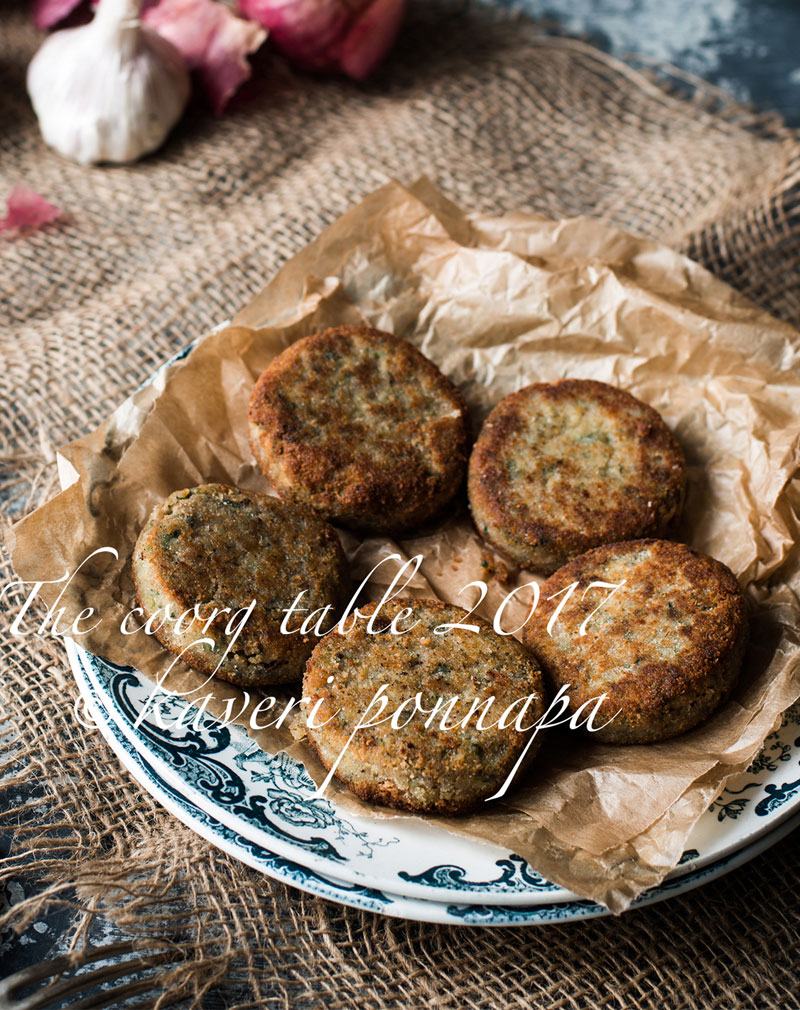
Photo Credits: A.G.P. Sathyaprakash
All Food Styling: Kaveri Ponnapa
Please look out for this recipe in my cookbook.
Thank you for visiting this page. If you read something that you enjoy, or see an image that you like, please take a moment to write a response. Do look out for the recipes of all the food featured here in my upcoming cookbook.
ALL MATERIAL ON THIS WEBSITE IS COPYRIGHTED: If you wish to use any of tHIS material, KINDLY WRITE TO THE AUTHOR FOR PERMISSION.

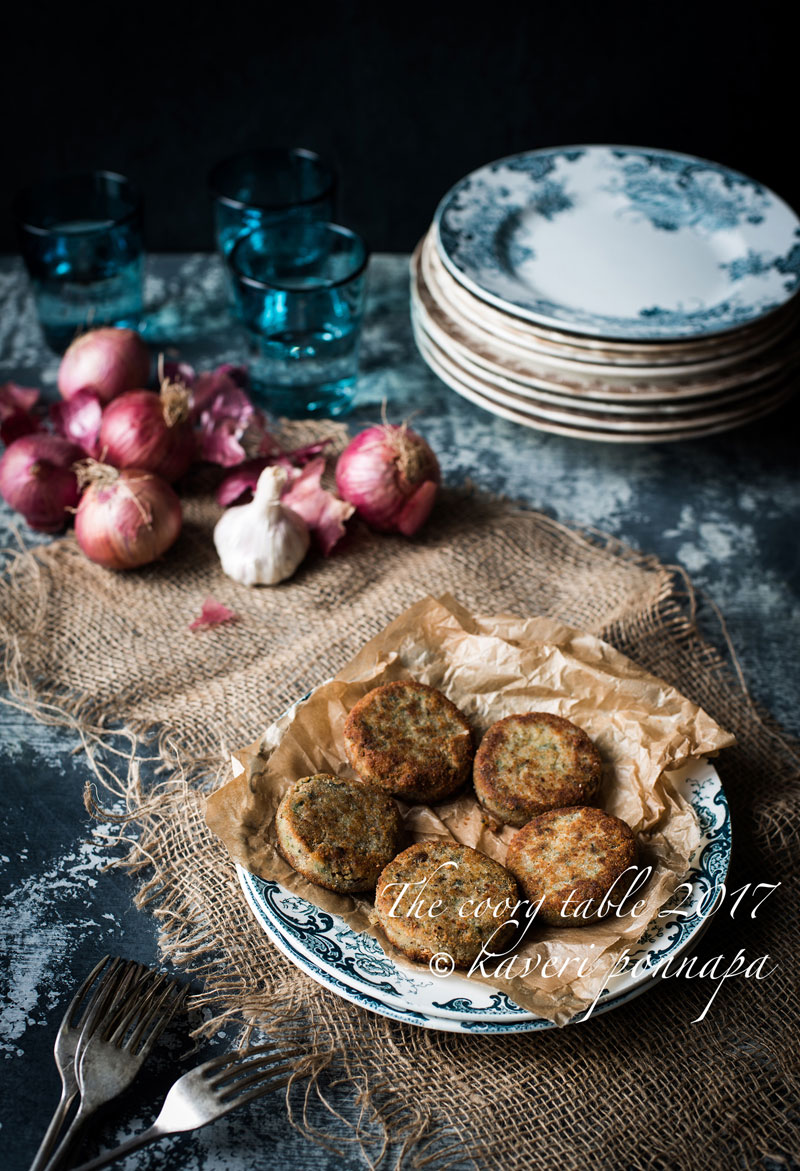
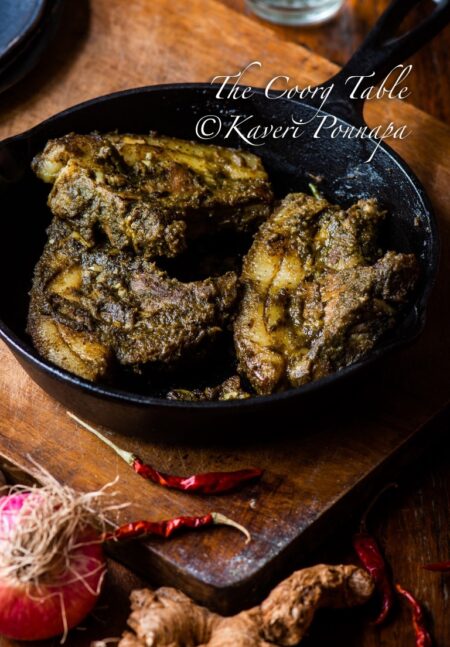
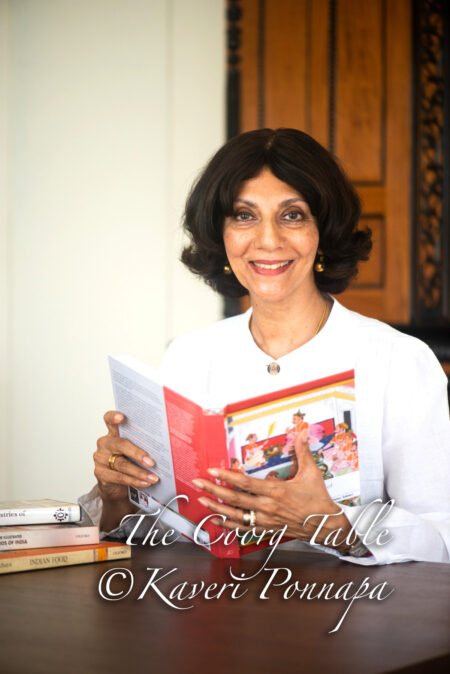
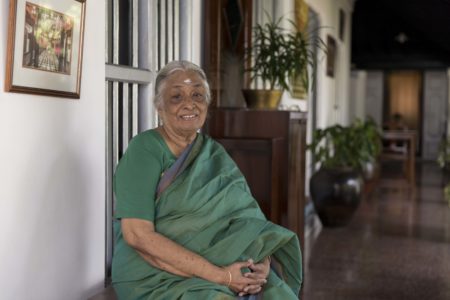
I enjoy your posts and have tried a few of the recipes successfully. I eagerly await the book. Hopefully it wont be too long a wait. I have to say the kuru curry with bitter gourd and dry fish is such family favorite. I was so pleased to see it featured here. Anyway, good luck with the book! And thank you for the recipes.
Hi Rahul, I too, hope the wait will not be too long, and thank you for your patience! The kuru curry with dried fish and bitter gourd is so good- rich and full of flavours. It’s one of those earthy curries that surprises you with its depth. Thank you for your good wishes, and do keep reading the blog. Best wishes. Kaveri
Though I enjoyed reading this article I was wondering if the recipe for the cutlets was any where around and had I missed it?
Thank you for reading, Vindhya, and I’m glad that you enjoyed this post. The recipe for the cutlets, and many others will be in my upcoming cookbook. Please do keep reading, and I would love to hear from you if there is any other story that you enjoy reading. Best wishes. Kaveri
Hi Kaveri
What a delightful journey to the history of chaaps aka chops aka cutlets! Who would have ever thought of this humble streetside snack to have a victorian story to it !
I came across your fb page through a friend . Loved the name !. And all the more loved the narratives of the food delight you present so thoughtfully along with the gorgeous display of the image of the dish .
I live in Vietnam . The chances of getting a copy of your book looks dismal. Since I already have my heart upon it , I will certainly grab a copy when in India .
Please advise how can I buy one .
Kind Regards
Neelam
Hello Neelam, I’m so glad you found your way to The Coorg Table, and enjoyed this post. It’s one I loved writing (I love writing all of them, some a little more, though!). My book is a work in progress, and as I have mentioned, insists on a life of its own. Please look out for more information on FB, I will certainly let everyone who is interested know when it is out. And I am sure that we can find a simple way to get it across to Vietnam. Do keep reading these pages, and I would love to hear from you again. Warm wishes. Kaveri
Loved it! Could you let me know where I could order your book The Vanishing Kodavas? Thanks!
Hi Yasmin, thank you very much for your appreciation. Happily, The Vanishing Kodavas sold out quite a while ago! Do look at the website, http://www.thevanishingkodavas.com where I will be updating the images every now and then. Best wishes. Kaveri
Love your photos. one of my favourite dishes.
Hi Julie, thank you very much for visiting this page and for writing. Food pictures tell their own stories, and I love trying to capture something of the mood created while cooking different foods. I love cutlets too-they are so easy to like! Warm wishes.Kaveri
What a wonderful read. So intirguing and so full of interesting nuggets. Kept reminding of the Bengali chaaps they make with vegetables with a beetroot center and fish and potatoes.
The pictures are like a dream. Much love.
Thank you very much, Sangeeta. While writing this post, I too remembered the many times I ate Bengali ‘chaaps’ -they were so popular even in way out places, literally all over the country. I’m happy you enjoyed reading the post, and the pictures appealed to you. It’s great when people write in and share their experiences and thoughts.Warm wishes. Kaveri
Very interesting read and of course beautiful styling . My one attempt at making this pushed me to say never again. But look forward to your recipe in the cook book to give it another shot. 🙂
Don’t give up so soon, Pooja, I’m sure your next attempt will be a huge success! I have the simplest recipe for this, which you can adapt to suit whatever you want as the main part of the cutlet. Maybe we should try making a few together? Or you could come along and help ‘sample’ for the cookbook? 😉 Warm wishes.Kaveri
I am in love with your writing. It adds so much to the food. Can’t wsit for the book.
Hi Meghna, thank you very much! That means as much to me as people writing to say that they loved a recipe. I’m trying to hurry the book, but it has a mind of its own. Please keep reading, I’ll keep you posted via these pages. Warm wishes, Kaveri
For many years, whenever I went home to Kerala, I would go to the ‘Indian Coffee House’ where they served the most delicious cutlets. Dunked in tomato sauce, they were irresistible ! Invariably they were veggie of course.I love chaaps in any form. Nicely done !
Hi Kishore, thanks very much for reading- and for sharing- that just shows how well-loved this particular dish is, right across the country. And the many different interpretations of a similar combination of ingredients. I love my version spiked with juliennes of fresh ginger, especially if I’m making the all vegetable version. Warm wishes. Kaveri
As it is raining now it will be one of the best dish to have with cup of coffee… Nice writing, I just love the way of your narrating stories…Wow!!!!
Yes, Kaverappa, these are the perfect rainy day bites, and they are good at any time of the day. Thank you for writing in, I’m always happy to hear from you. I hope you had the time to make some cutlets- vegetarian, of course, but just as tasty! Warm wishes.Kaveri
Such a marvellous piece of writing, but then, I expect nothing less from The Coorg Table. I just love your food styling. When I grow up, I definitely want to be like you! So glad to know there’s a book in the offing. And the Delights for the Garden of Eden sounds magical. Who is the publisher?
Marryam, you are just too kind! I am really happy that you enjoyed the post, and the images too. I’ve inboxed you the details of the book, do check it out. Warm wishes.Kaveri